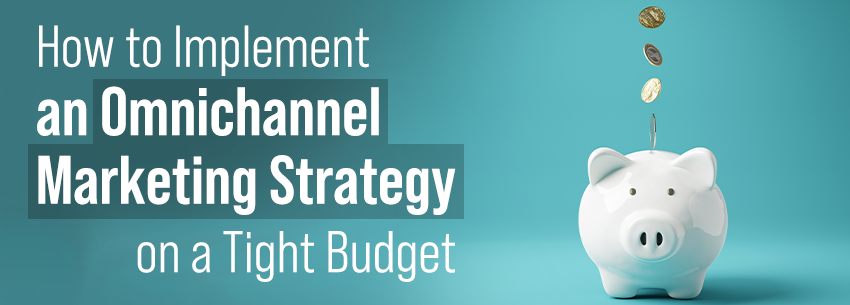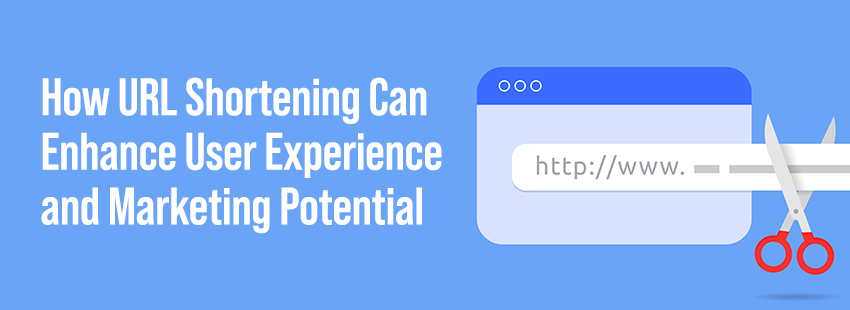How to Implement an Omnichannel Marketing Strategy on a Tight Budget
If you think you can’t implement omnichannel marketing on a tight budget, you’re not the only one. But you may not realize that you may already be doing it on a smaller scale.
Omnichannel marketing is where businesses promote their products or services across all channels, devices, and platforms utilizing unified messaging and consistent branding. This type of marketing essentially ensures you reach customers where they are with relevant offers.
To begin an omnichannel marketing strategy with a tight budget, consider the customer experience, select the proper channels, and test the strategy before launch.
What’s the customer experience?
Like all marketing campaigns, the end goal is to increase sales. How do you make sales? By creating an exceptional customer experience. As mentioned above, omnichannel marketing promotes a service across multiple channels and devices. You can guarantee customers a seamless experience by ensuring all creative and branding are aligned. Customers become familiar with the colors and logos of brands. It is easier if your social media, ads, emails, or apps look similar and have the same information.
Creating a website optimized for mobile devices can help create a positive customer experience. Seventy-six percent of shoppers say they buy items on their smartphones. If your messages from email, social media, or display ads send users to a site not developed for mobile sites, these users will leave.
Be selective about your channels
Depending on the type of business you have, the optimal mediums vary. A great way to understand your client is to create buyer personas. These personas represent your target audience and include demographic information. The best way to learn this information is to survey your current customers. From here, you can understand which audience members use which channels and move forward with your campaign.
Once you learn the best channels for your audience, learning how to use them effectively is the next step. Let’s say you own a restaurant and are working with an e-commerce site or app to allow customers to order food and pick it up in the store. Customers expect this to be seamless, from ordering the food to checkout, to picking up. Another example of using multiple channels is incentivizing customers to purchase food from your business by promoting deals. Maybe it is a discount on the food ordering site, promoting lunch specials on social media, or providing a coupon after the user opts in to email marketing.
Don’t forget to test!
Before spending your tight budget, the best way to be sure your omnichannel campaign works is to test it. Go through it when you have completed the plan, creatives, and audience personas, then decide which channels to use. Pretend to be a persona and move through the campaign, utilizing the different channels, picking different routes, and ensuring everything works seamlessly. Remember to test the campaign on different devices.
Omnichannel marketing strategies can tap into all the places your potential customers might be. Utilizing any budget, even a tight one, to begin this campaign is a great way to kick off your marketing endeavors.





